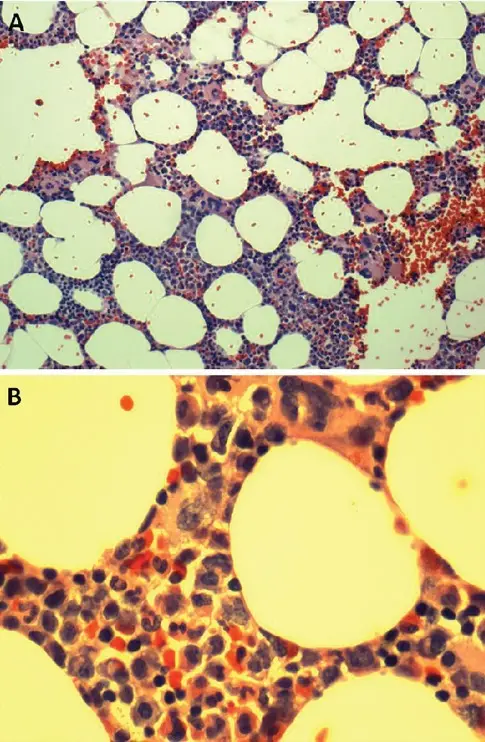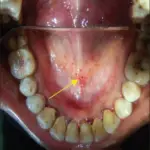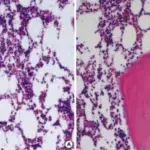HIV-associated thrombocytopenia is rarely a serious clinical problem associated with impaired platelet production and increased obliteration in HIV infection.
What is the Pathology of HIV-Associated Thrombocytopenia?
The pathology of HIV-associated thrombocytopenia is:
-Etiology: The cause of HIV-associated thrombocytopenia is HIV infection.
-Genes involved: None.
-Pathogenesis: The sequence of events that lead to HIV-associated thrombocytopenia are as the result of diseased megakaryocytes prone to apoptosis, and diminished in terms of platelet production. HIV infection may cause dysregulation, and hyperplasia of B cells, which influence the advance of immune-mediated thrombocytopenia.
-Morphology: Rashes.
-Histology: Low platelet count.
How does HIV-Associated Thrombocytopenia Present?
Patients with HIV-associated thrombocytopenia typically have no gender prevalence present at an age range of childhood and adulthood. The symptoms, features, and clinical findings associated with HIV-associated thrombocytopenia include platelet counts of less than 150,000/µL in clinical presentation, fever, hemolytic anemia, and neurologic and renal dysfunction.
How is HIV-Associated Thrombocytopenia Diagnosed?
HIV-associated thrombocytopenia is diagnosed through platelet count.
How is HIV-Associated Thrombocytopenia Treated?
HIV-associated thrombocytopenia is treated through immune-based therapy.
What is the Prognosis of HIV-Associated Thrombocytopenia?
The prognosis of HIV-associated thrombocytopenia is fair. Respond fairly to immune-based therapy though associated with relapse.



